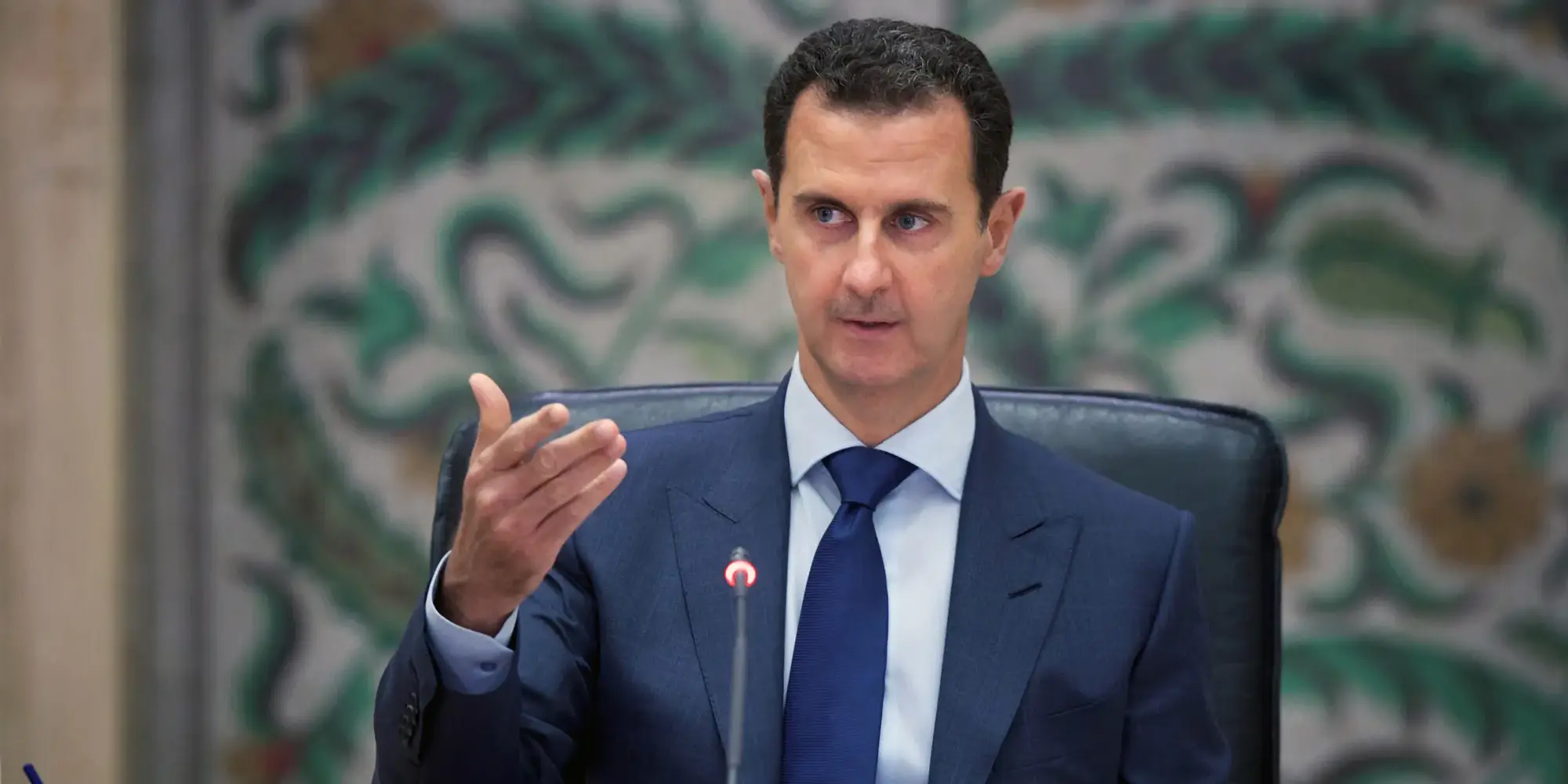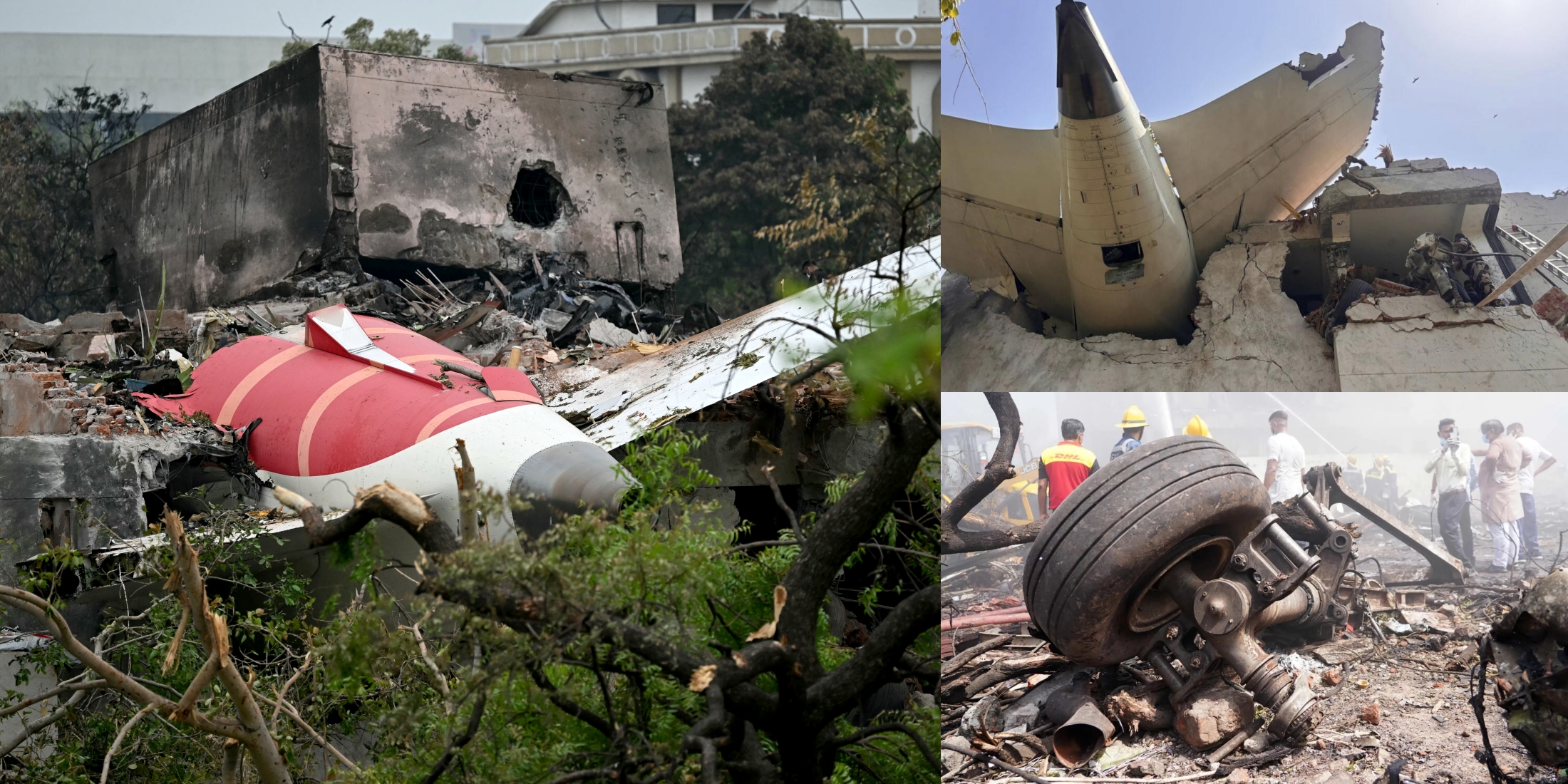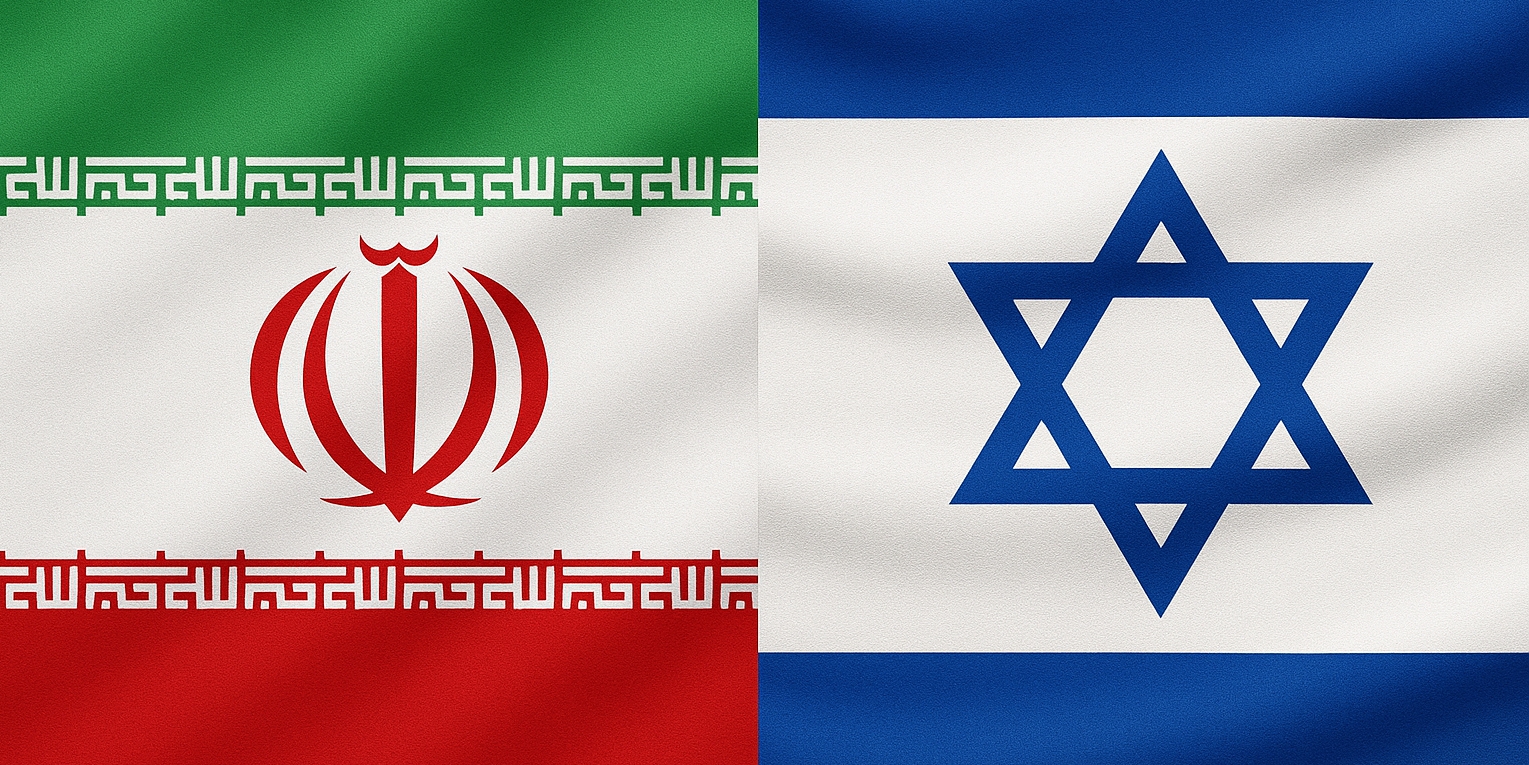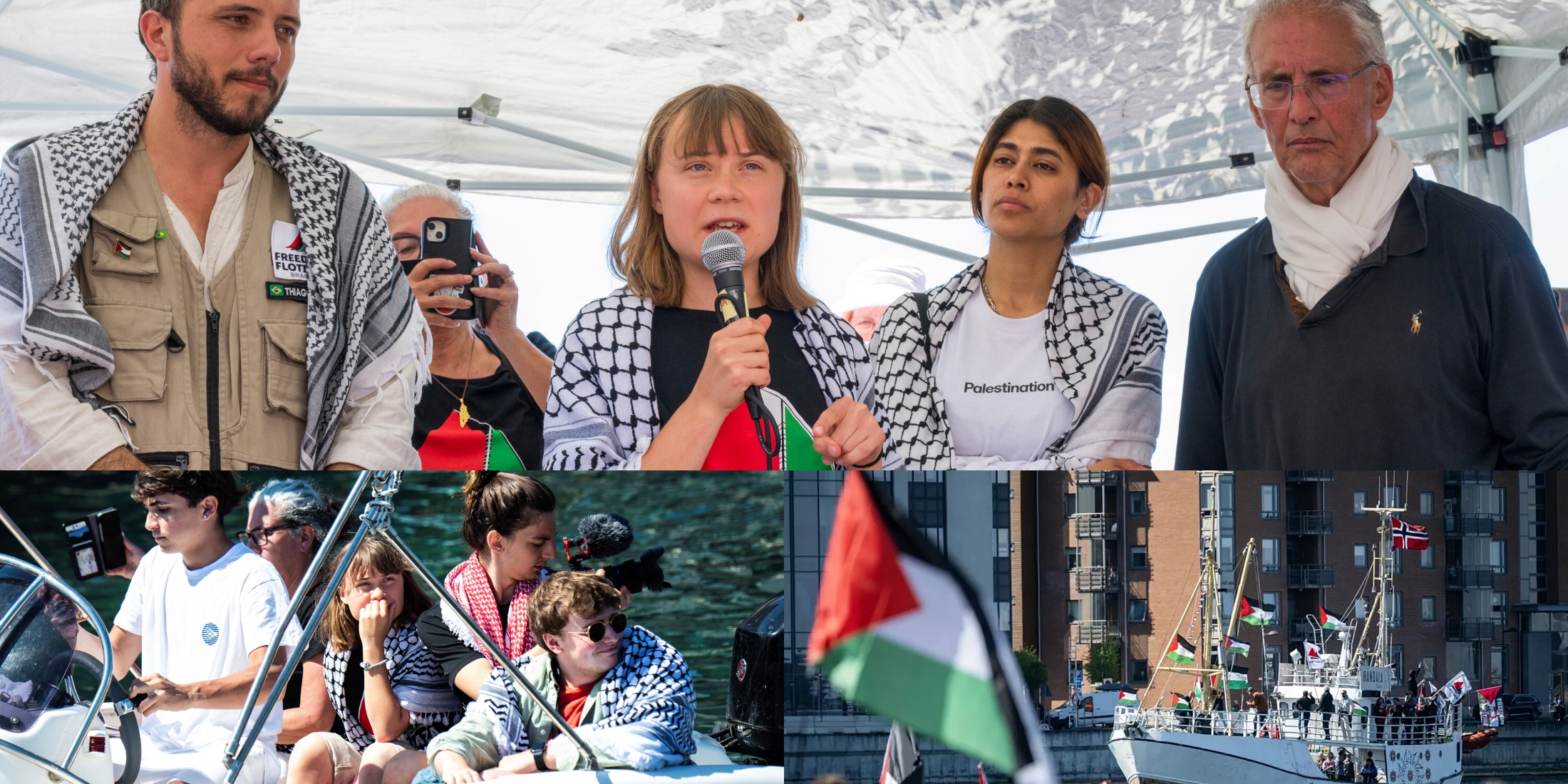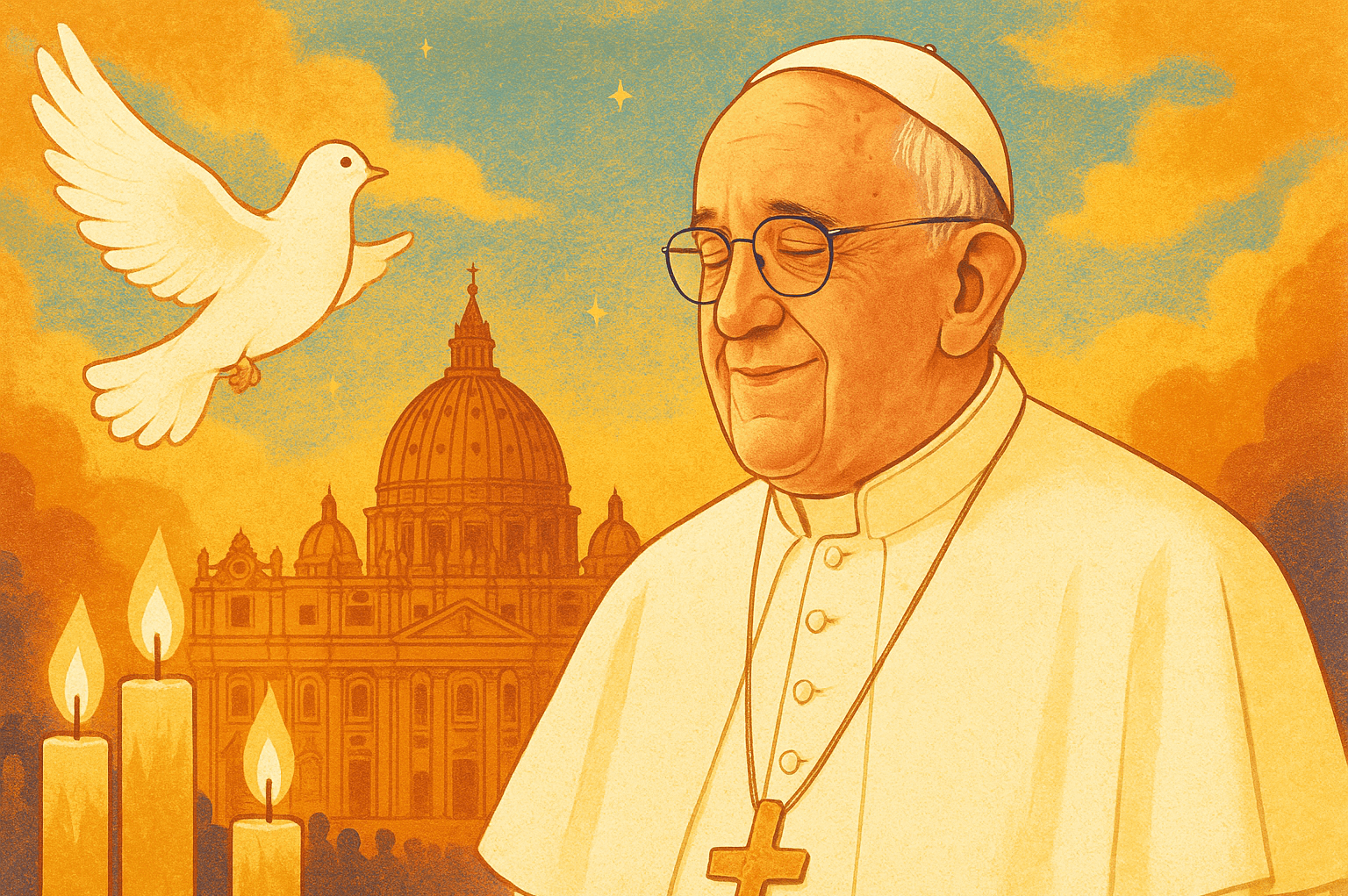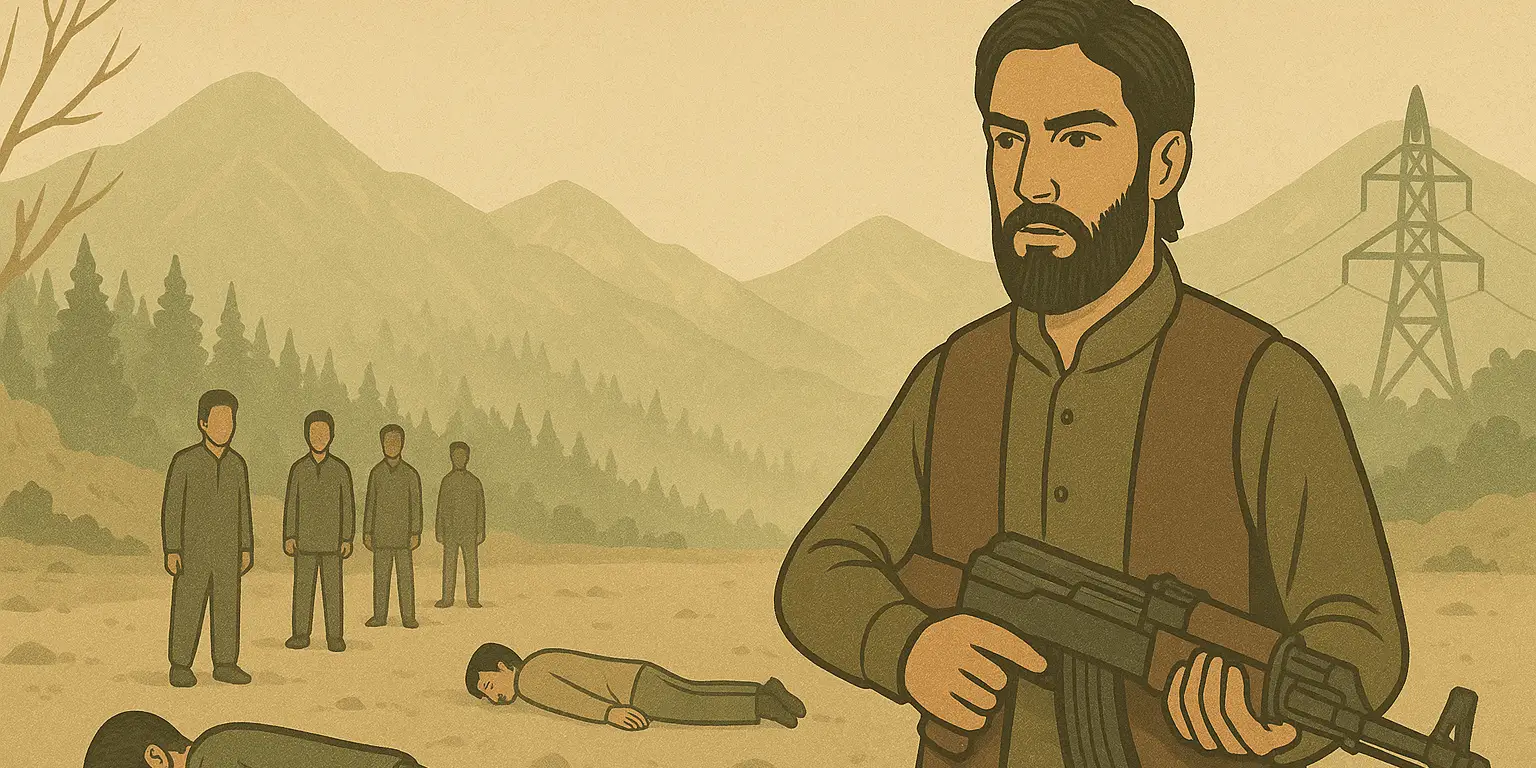2024 will go down as the year of revolutions, first Bangladesh and now Syria. At the very end of 2024, the Syrian dictator Bashar al-Assad fled to Moscow after a long 13 years of civil war. A joint force of different rebel groups successfully forced the dictator to flee in just 12 days on December 8. This marks the end of his 20-year rule over Syria, a country run by the al-Assad family for the past 50 years. While Assad’s ally Iran played a silent role in this matter, Moscow came forward and provided political asylum to the defeated ruler of Syria.
The Syrian civil war has reached a turning point with the fall of President Bashar al-Assad, ending decades of autocratic rule defined by corruption, repression, and foreign intervention. This unexpected incident will likely reshape Middle Eastern politics, especially with US influence in the region. As Iran and Russia’s control over this region is likely to slip, the global political dynamic may change.
Since the beginning of the civil war back in 2011, the Syrian people demanded freedom, justice, and democracy; the Assad government, on the other hand, responded with brutal force. Over time, this autocratic approach allowed the opposition to gain popularity and form rebel groups. These groups included secular fighters, moderate forces, and Islamist organizations like Hayat Tahrir al-Sham (HTS), Syrian National Army (SNA), Syrian Democratic Forces (SDF) etc. Among them, the HTS played a key role in the fight to overthrow Assad’s regime. Once linked to al-Qaeda, the HTS rebranded itself as a nationalist Islamist movement focused on freeing Syria from autocratic rule.
HTS leader Abu Mohammad al-Jolani, often called a radical jihadi, actively directed the recent attack on Damascus. After the fall of Damascus, Jolani stated, “A new history, my brothers, is being written in the entire region after this great victory.” He further added Syria would be “a beacon for the Islamic nation.” Jolani united all rebel groups under one umbrella, which was key to their quick success in overthrowing Assad.
Iran and Russia helped Assad for years to defend his regime but went silent during the sudden attack from rebels. Iran always considered Syria as an important ally and thus chose to help Assad. Iran also sent Hezbollah fighters from Lebanon to support Assad in protecting Shia holy sites. Russia started intervening on the matter in 2015 in an attempt to protect its naval base in Tartus and its airbase in Latakia. These bases gave Moscow power in the Mediterranean and the Middle East. For that, they launched bombing campaigns in rebel-held areas to help Assad regain control over these territories. However, these bombings severely harmed civilians, which heavily damaged the image of the Assad regime, both nationally and internationally.
The Sectarian divide between majority Sunni Muslims and minority Alawites/Shiites was another threat to sovereignty, Syrians believed. Assad being a Shiite made the war even more difficult to deal with as he was repressing the Sunni majority in the name of secularism.
The war cost many lives; approximately 500,000 Syrians have died since 2011 which led to a humanitarian crisis. Over 7.2 million Syrians have been domestically displaced and 90% of them live below the poverty line. A lot of destruction took place in cities like Aleppo, Raqqa, and Homs. Some people didn’t have access to basic human rights like healthcare, education, and water resources. For example, 70% of the Syrian people need emergency aid. According to UNOCHA’s 2024 Global Humanitarian Overview, this is what made Syria one of the worst humanitarian disasters in the world.
Plus, the war seriously damaged Syria’s economy. Before the war, one U.S. dollar was equivalent to 50 Syrian pounds. According to Syria Today, by 2024, the value of the Syrian pound has dropped by 42% in Damascus, now it’s worth 22,000 Syrian pounds. Prices went up and many people fell into poverty. Currently, over 12.1 million people don’t have enough food to eat and another 2.9 million are at risk of hunger, and 85% of households are struggling to make ends meet. Assad’s government put little effort into addressing these problems; rather the only focus was to stay in power, leaving behind a bitter legacy after 50 years of authoritarian rule. Thus, many Syrians wanted leadership and new starts from the rebels.
Different countries have had different responses to the fall of Bashar al-Assad. In a statement of UN Secretary-General António Guterres, he defined the change as, “After 14 years of brutal war and the fall of the dictatorial regime, today the people of Syria can seize a historic opportunity to build a stable and peaceful future”. He further emphasized the necessity for an inclusive political transition and justice for all Syrians. Kaja Kallas, the EU’s senior diplomat, called the event a “positive and long-awaited development” and the long-awaited end of Assad’s rule. For Russia and Iran, Assad’s downfall is a significant loss. Russia, a key Assad supporter, remained quiet but gave asylum to the defeated president, which suggested a retreat in the area.
Though many nations have committed to helping Syrians rebuild, challenges remain. The extremist groups might exploit the power vacuum and their long-term plans are uncertain. With the varied ideologies of the different rebel groups, isn’t it evident that some challenges lie ahead in the upcoming days for Syria?

